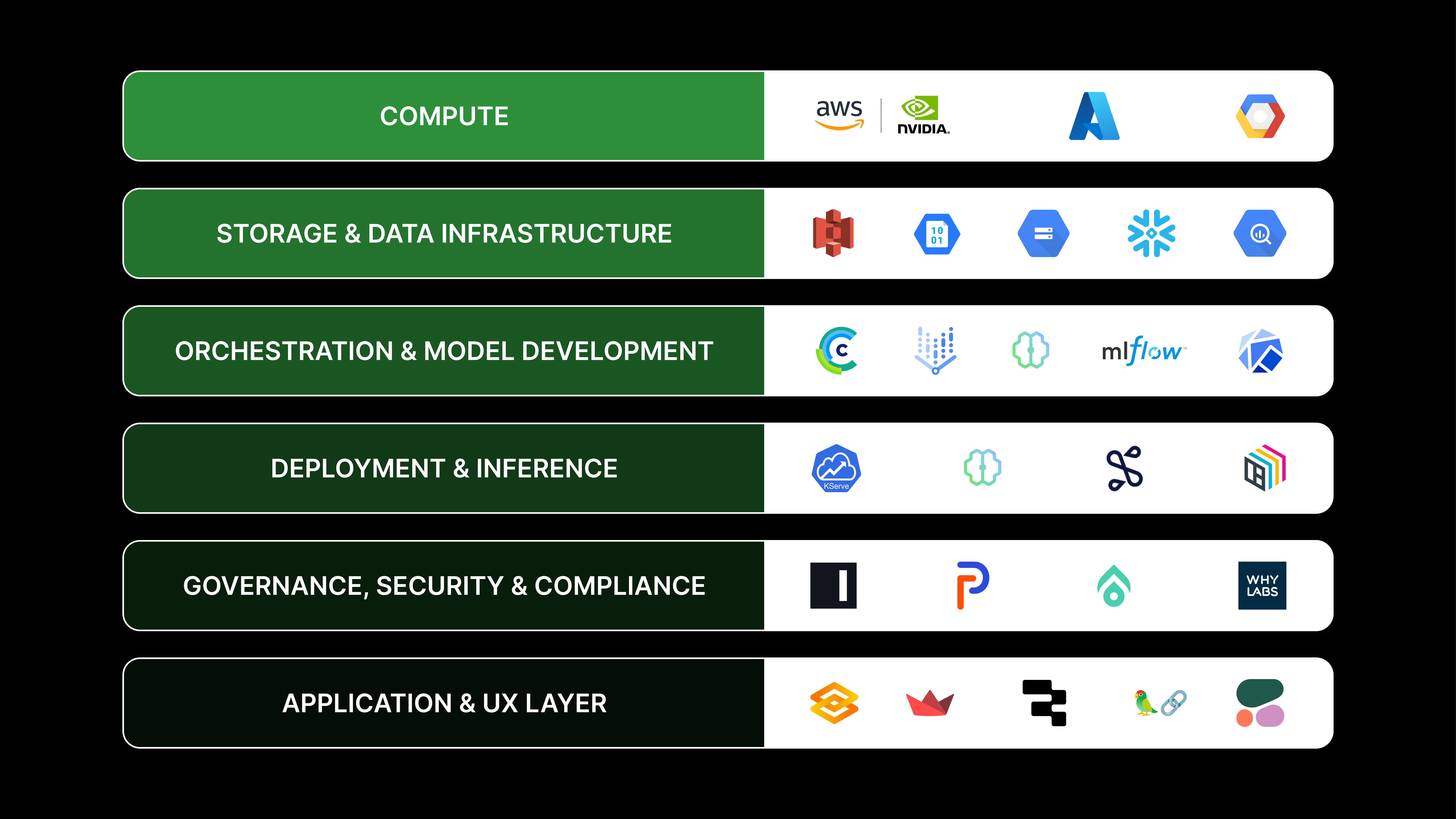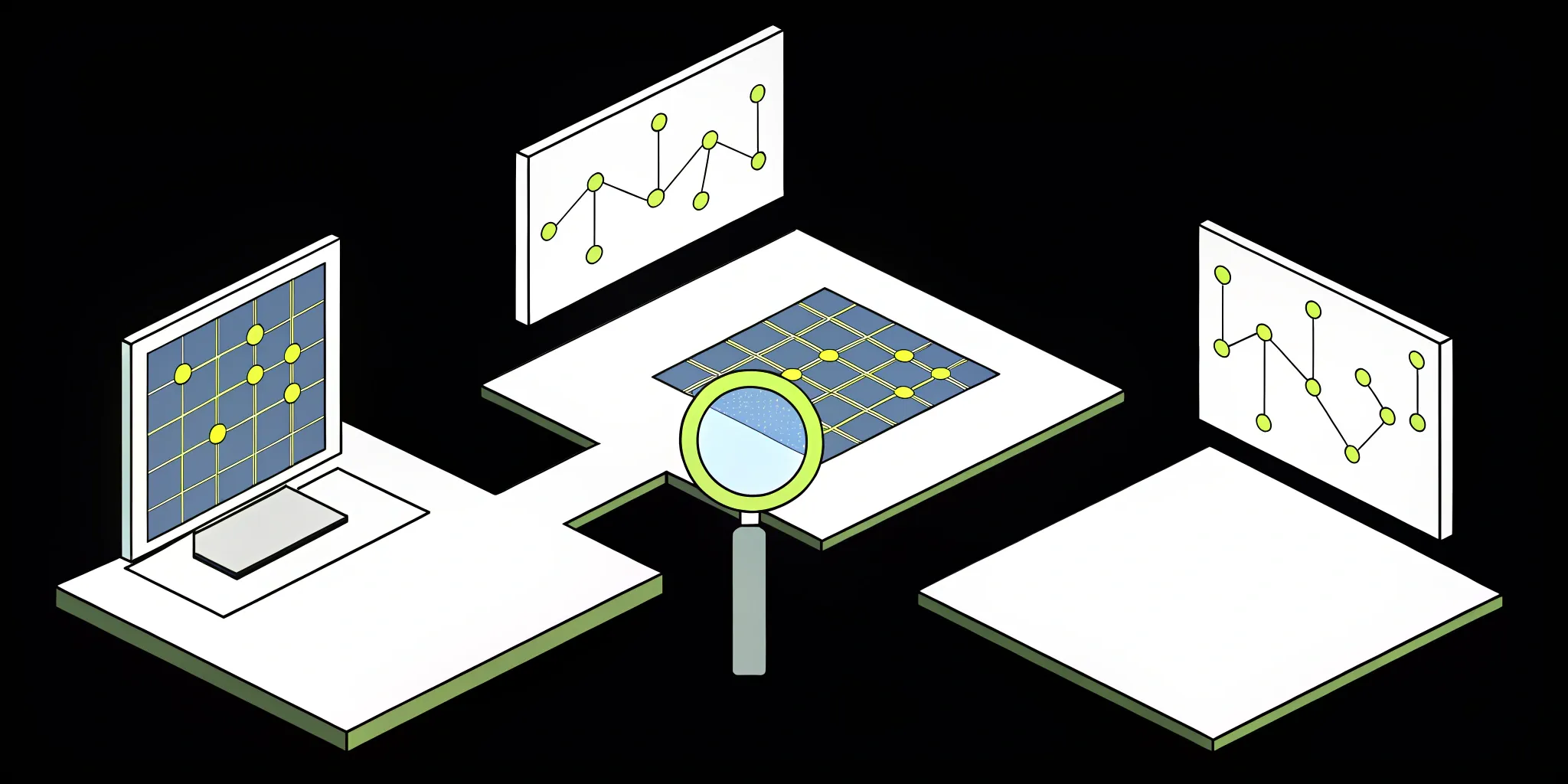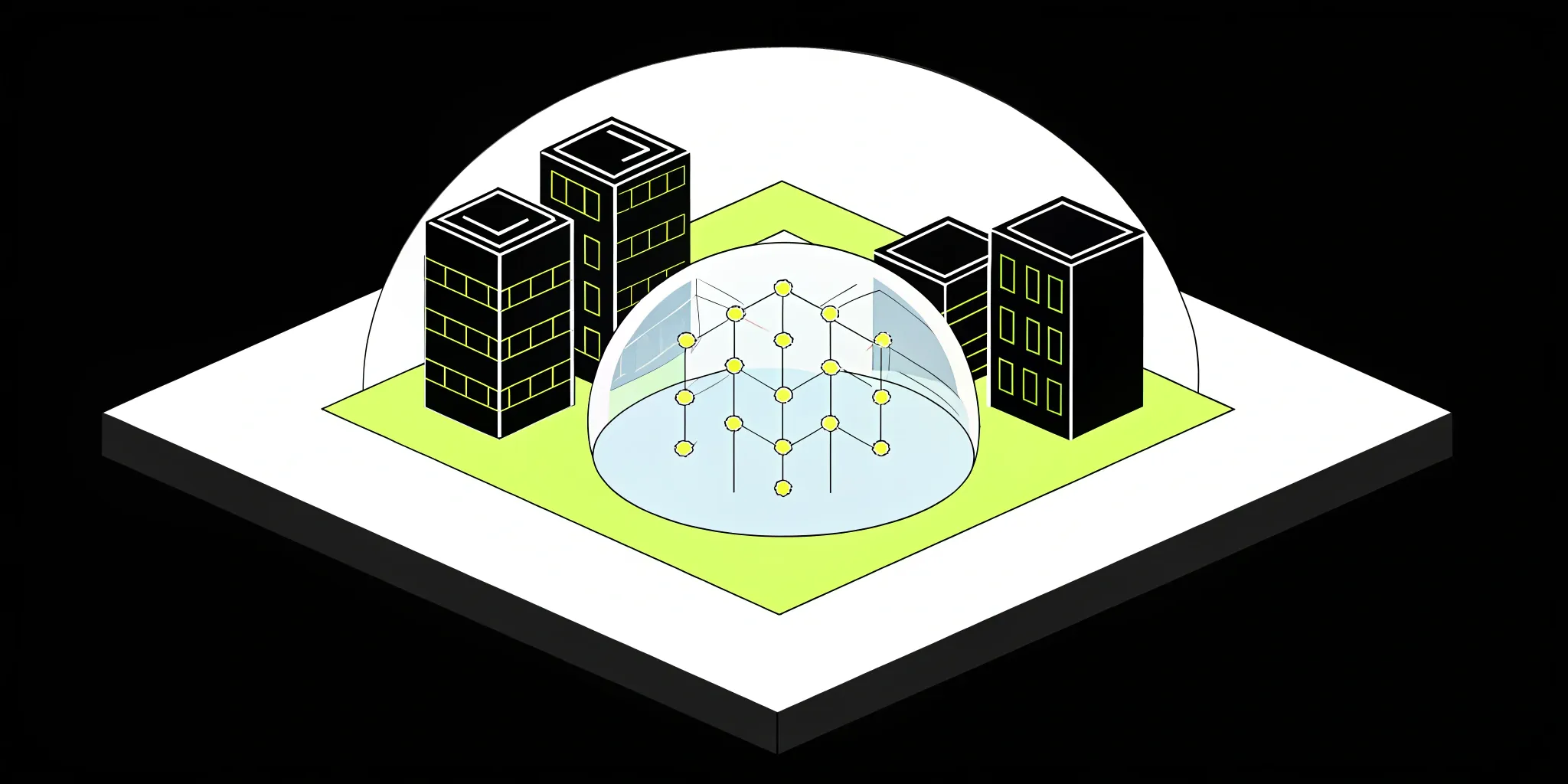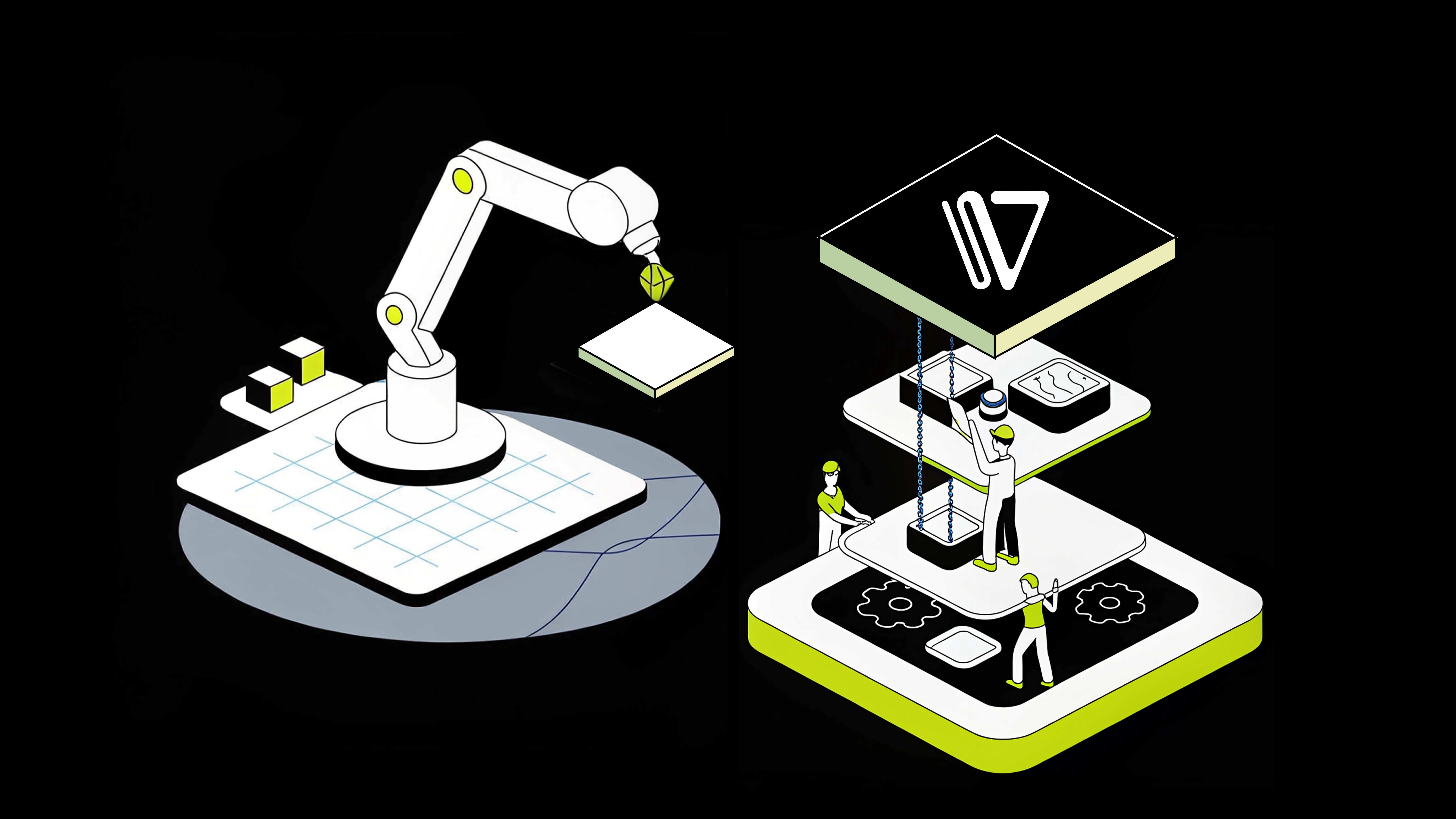AI is no longer a side project, it’s the new backbone of enterprise innovation. From personalized experiences to process automation and generative user interfaces, AI is reshaping how businesses operate. But to go beyond proof of concept, enterprises need a modern, scalable infrastructure stack purpose-built for AI workloads.
In this primer, we break down the layers of a modern AI infrastructure stack—from the bottom (compute) to the top (end-user experience)—and highlight key vendors and tools in each layer. Whether you're building from scratch or modernizing an existing pipeline, understanding this layered model helps you design for flexibility, scale, and speed.

Layer 1: Compute
What it is: The physical and virtual hardware that powers model training and inference.
What matters: Performance, elasticity, cost, and availability of GPUs or other accelerators.
Key vendors:
-
AWS EC2 (with NVIDIA GPUs) – scalable cloud-based GPU compute
-
Azure NC-Series, ND-Series – optimized for AI workloads
-
GCP A3 & TPU v5e – cutting-edge AI accelerators
-
CoreWeave, Lambda Labs – specialized GPU cloud providers
-
NVIDIA DGX – on-prem enterprise GPU servers
-
Cake.ai – abstracts compute across clouds and vendors for flexibility and scale
Enterprises often adopt a hybrid or multi-cloud strategy, mixing on-demand cloud compute with reserved capacity or colocation for cost control. Cake.ai simplifies this by offering a unified abstraction layer across compute environments.
- LEARN: AIOps, Powered by Cake
Layer 2: Storage & Data Infrastructure
What it is: Where datasets, model checkpoints, and training logs live. Plus the pipelines that move data through the system.
What matters: Throughput, latency, scalability, and governance.
Key vendors:
-
Amazon S3 / Azure Blob / GCS – standard object storage
-
Snowflake / BigQuery / Databricks Lakehouse – analytic data platforms
-
Delta Lake / Apache Iceberg / Hudi – data lake table formats
-
Fivetran, Airbyte – data ingestion pipelines
-
Apache Kafka / Confluent – real-time event streaming
Storage is often decoupled from compute and accessed via high-throughput networks. AI workloads benefit from structured data lakes and high-bandwidth file systems, particularly during training.
Layer 3: Orchestration & Model Development
What it is: The layer where models are trained, experiments are tracked, and pipelines are orchestrated.
What matters: Experimentation speed, reproducibility, scalability, and developer experience.
Key vendors:
-
Cake.ai – full-stack orchestration with built-in compliance and multi-cloud support
-
Kubeflow / Metaflow / MLflow – open-source MLOps frameworks
-
SageMaker / Vertex AI / Azure ML – managed orchestration platforms
-
Weights & Biases / Comet – experiment tracking and collaboration
This is where the modeling magic happens. Teams iterate on data preprocessing, model architectures, hyperparameters, and evaluation. Enterprises that standardize this layer reduce operational friction and make onboarding new team members faster.
- BLOG: A Guide to LLMOps
Layer 4: Deployment & Inference
What it is: Where trained models are operationalized as real-time services or batch processing jobs.
What matters: Latency, throughput, versioning, and observability.
Key vendors:
-
Cake.ai – scalable, portable, and secure model deployment across environments
-
Seldon / BentoML / KServe – open-source model serving frameworks
-
AWS SageMaker Endpoints / Vertex AI Prediction – managed model hosting
-
OctoML / Modal / Baseten – inference optimization and deployment platforms
Enterprises need inference to be fast, reliable, and cost-efficient—whether for real-time applications or asynchronous batch jobs. Fine-grained traffic routing and rollback support are also key at this layer.
Layer 5: Governance, Security & Compliance
What it is: Controls that ensure models are safe, compliant, and aligned with enterprise policy.
What matters: Access control, auditability, data protection, and model transparency.
Key vendors:
-
Cake.ai – platform-level policy enforcement, RBAC, and audit trails
-
Immuta / Privacera – data access governance
-
Aporia / WhyLabs / Arize AI – model monitoring and drift detection
-
Truera / Fiddler – explainability and fairness
-
AWS IAM / Azure AD / Vault – access and secrets management
As models impact customer decisions, compliance becomes a first-class requirement. Enterprises are expected to maintain records of data lineage, explain model decisions, and control who can access what at every level of the stack.
Layer 6: Application & UX Layer
What it is: The user-facing surface where AI meets real-world tasks—via apps, dashboards, APIs, or embedded experiences.
What matters: Usability, responsiveness, integration, and safety.
Key vendors:
-
Streamlit / Gradio / Dash – quick UI layers for models
-
Retool / Appsmith – internal AI-powered tools
-
LangChain / LlamaIndex / RAG frameworks – powering GenAI apps with enterprise data
-
OpenAI / Anthropic / Cohere / Mistral APIs – plug-and-play LLMs
-
Cake.ai – unified runtime to deploy and iterate on GenAI experiences securely
This layer is where value is realized. Whether through a chatbot, a decision support dashboard, or a personalized customer interface, delivering AI to end users in a reliable, interpretable way is where impact happens.
Wrapping Up
Enterprise AI infrastructure is no longer just a few GPUs and a model. It’s a full-stack system—from compute and storage to governance and UX—that must scale, comply, and evolve as fast as your business.
Teams that get this stack right don’t just build smarter models—they build durable, enterprise-grade systems that can evolve with new data, new regulations, and new opportunities.
Cake helps you unify and abstract this stack across environments—so your team can move fast without sacrificing compliance, portability, or performance. Whether you're training foundation models, deploying LLM apps, or running sensitive inference workloads, Cake is the infrastructure layer that meets you where you are and helps you scale where you're going.
About Author

Cake Team
More articles from Cake Team
Related Post

The Best Open-Source Anomaly Detection Tools

Cake Team

Top Open-Source AIOps Tools for Peak IT Performance

Cake Team

Top Open Source Observability Tools: Your Guide

Cake Team

What Is Observability? A Complete Guide

Cake Team
